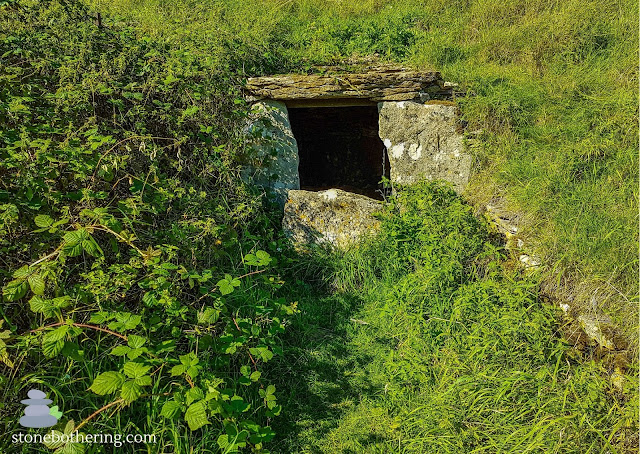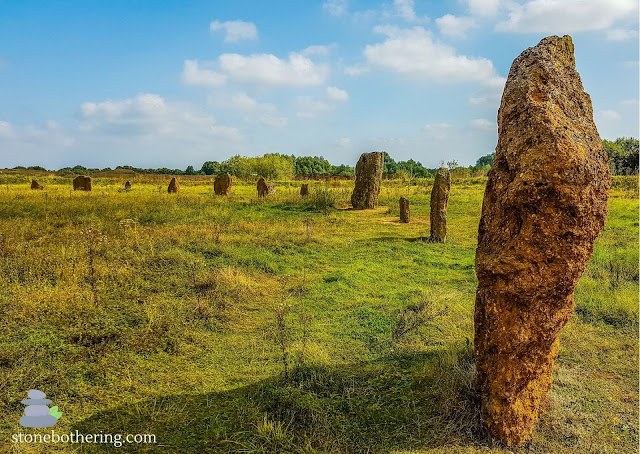Exploring Pumapungo Ruins
Exploring the Ancient Pumapungo Ruins: A Journey into Ecuador’s Archaeological Heritage
Nestled on the outskirts of Cuenca, Ecuador, the Pumapungo ruins stand as a testament to the rich cultural heritage of the region. For centuries, these ruins have been a silent witness to the rise and fall of powerful civilizations. Today, they offer both a glimpse into the past and a glimpse into the advanced engineering, agricultural practices, and spiritual life of the Andean peoples. Let’s dive into the fascinating history and archaeology of Pumapungo, a site that tells stories of both Incan dominance and pre-Incan traditions.
The Origins of Pumapungo
The name “Pumapungo” translates to “Gate of the Puma” in Quechua, an ancient language spoken by the Inca Empire. While the Incas are most famously associated with the site, Pumapungo’s story stretches back much further in time, reaching into the pre-Incan period, when the region was inhabited by various indigenous cultures.
Before the Inca Empire arrived in the region, the Cañari people had settled in the Cuenca area, creating a prosperous and sophisticated society. The Cañari were known for their agricultural knowledge, skill in metalworking, and finely crafted pottery. The area around Pumapungo was likely an important ceremonial and cultural center for them.
In the 15th century, during the reign of the Inca Emperor Pachacuti, the Inca Empire began to expand. The Cañari people were conquered by the Incas, but instead of being destroyed, they were incorporated into the empire. In the aftermath of the conquest, the Incas built upon and expanded many of the Cañari's existing structures, transforming Pumapungo into a key administrative and religious center within the empire.
Inca Architecture and Engineering
The Inca civilization was known for its impressive architectural skills, and Pumapungo is no exception. The site includes remnants of large stone structures, terraces, and plazas that showcase the Incan ability to blend with the natural environment. The most remarkable aspect of Pumapungo's architecture is its stone construction, featuring precisely cut stones that fit together without mortar, a hallmark of Incan engineering known as ashlar masonry.
At the heart of Pumapungo lies the Torreón, a tall structure believed to have served as an administrative building or a watchtower. This building gives us insight into the advanced architectural techniques of the Incas and their strategic placement of structures to oversee the surrounding area. From the Torreón, one can also observe the beauty of the surrounding landscape, including the nearby mountains and rivers that were of great importance to the Inca worldview.
The Terraces and Agricultural Innovation
One of the most striking features of Pumapungo is its well-preserved agricultural terraces. The Incas were renowned for their agricultural innovations, and at Pumapungo, they adapted the natural environment to cultivate crops at different altitudes, a technique known as vertical archipelagos. These terraces were used to grow a variety of crops, including maize, potatoes, and quinoa, which were staples of the Andean diet.
The terraces were also connected to an elaborate irrigation system that harnessed the water from the nearby rivers. This demonstrates the Incas' deep understanding of water management and their ability to transform the landscape to support large, thriving populations. Today, visitors can still see the remnants of these terraces, with some areas partially restored to offer a glimpse of what the site may have looked like during its peak.
The Ritual Significance of Pumapungo
Pumapungo was not just a hub for agriculture and administration—it also had great religious significance. The site includes ceremonial platforms and plazas that were likely used for rituals related to the Inca pantheon of gods, particularly the sun god Inti. The Incas believed in the spiritual power of nature, and many of the features at Pumapungo reflect their reverence for the natural world, with designs that align with the sun, moon, and stars.
Inca religious practices often involved offerings to the gods, such as food, textiles, and precious metals. These offerings were thought to maintain harmony between the human world and the divine. While much of the ritual activity at Pumapungo remains a mystery, the site’s layout and its connection to the natural environment suggest that it played an important role in the spiritual life of the Incan population.
Pumapungo and the Legacy of the Incas
As the Inca Empire declined in the 16th century with the arrival of the Spanish conquistadors, much of the culture, architecture, and traditions of the Incas were lost or destroyed. However, the Pumapungo ruins serve as a reminder of the legacy of the Inca Empire and the continued cultural significance of the Andean region.
In modern times, Pumapungo has become a symbol of Ecuador’s rich archaeological and cultural heritage. The site is protected by the Ministry of Culture and is part of the broader Parque Arqueológico Pumapungo, which also includes a museum displaying artifacts from the site and surrounding areas.
Visiting Pumapungo Today
Today, Pumapungo is a must-visit destination for anyone interested in Ecuador’s history and archaeology. The ruins are easily accessible from the city of Cuenca, and the site is open to visitors year-round. A stroll through the ruins offers an opportunity to connect with the ancient past while also taking in the stunning views of the surrounding mountains and valleys.
In addition to the ruins, the nearby museum offers fascinating displays of pre-Columbian artifacts, including pottery, textiles, and tools that help paint a fuller picture of life at Pumapungo. For those with an interest in archaeology and history, Pumapungo is a site that can inspire reflection.
Conclusion
Pumapungo is a hidden gem in the heart of Cuenca, Ecuador, offering a glimpse into the advanced civilization of the Incas and their predecessors. From its impressive architecture and agricultural innovations to its spiritual significance, the ruins of Pumapungo reveal the deep cultural and historical roots of the Andean peoples. Whether you're a history buff, an archaeology enthusiast, or simply a traveler looking to connect with the past, Pumapungo provides an unforgettable journey through time.
So, if you ever find yourself in Cuenca, make sure to take the time to explore the Pumapungo ruins—who knows what ancient secrets you might uncover along the way!
© All rights reserved
.jpg)
.jpg)

